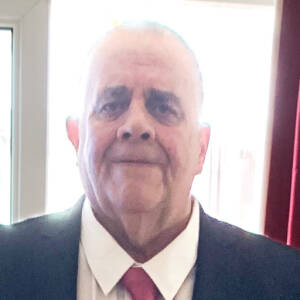Roman Remains
The Caerleon Roman amphitheatre - a link with King Arthur's Britain?
The old town of Caerleon (or Caerleon on Usk - i.e. on the banks of the River Usk in south Wales) has long been associated with the story of King Arthur. Geoffrey of Monmouth wrote his History of the Kings of Britain around 1140 and this became one of the most important books of the middle ages. The book, supposed to have been based on an earlier history, is the main source of all the later Arthurian legends. King Arthur ranges far and wide over Britain but for several years he is supposed to have held court at Caerleon.
The story of King Arthur's Round Table appeared in a work by the chronicler Wace dating from 1155. It is tempting to see the remains of the Roman amphitheatre in Caerleon as a prototype Round Table. Long after the withdrawal of the Roman legion (II Augusta), Caerleon would have been one of the wonders of Britain. The amphitheatre (built to hold an audience of up to 6,000 people) would have been a very impressive ruin and a tangible link with the dimly remembered, comparative security of Roman times. (See a plan of the amphitheatre in its final form.) If you are interested in early Welsh references to Arthur, check the note on the Welsh bards.
The amphitheatre was excavated in in 1926/7 with support from Britain's Daily Mail newspaper and the Loyal Knights of the Round Table of America. Little of the structure remains above ground level but the arena and various entrances are well defined and very evocative.
Visitors to South Wales should try to find time to visit Caerleon. The foundations of the Legionary barrack blocks, the excellent Legionary museum and the pleasant ambience of the present small town combine to offer a worthwhile experience. (N.B. Look out for the museum's collection of small semi-precious stones collected from the drainage system of the Roman baths. Many of these are engraved with tiny designs and survive as a testament to the skills of the jewellers of antiquity. You should also visit the Ffrwm gallery - a short walk from the museum. This has several interesting small shops and a wonderful display of sculptures carved from massive blocks of wood. Many of these designs seem to have their roots in local mythology.)

Comments
Sign in or get an account to comment.


